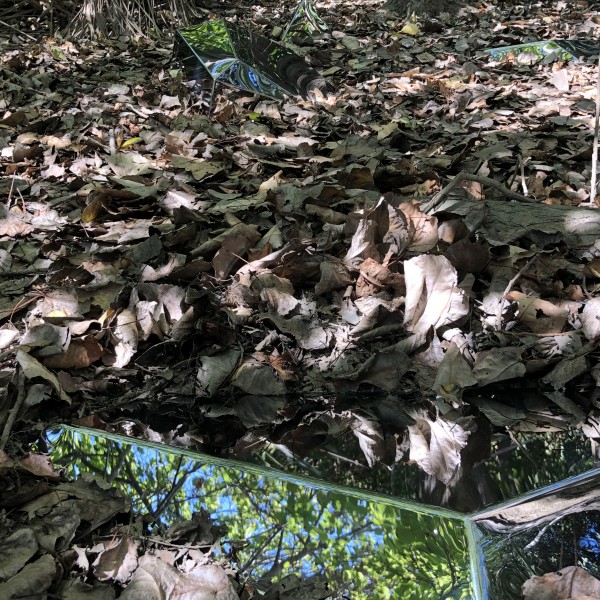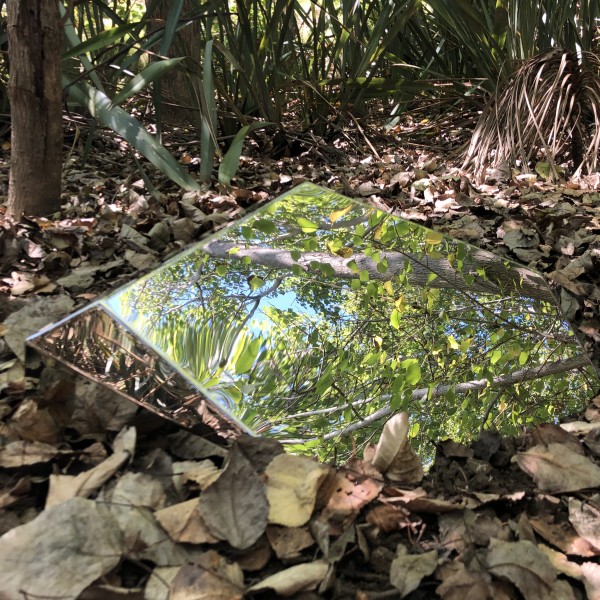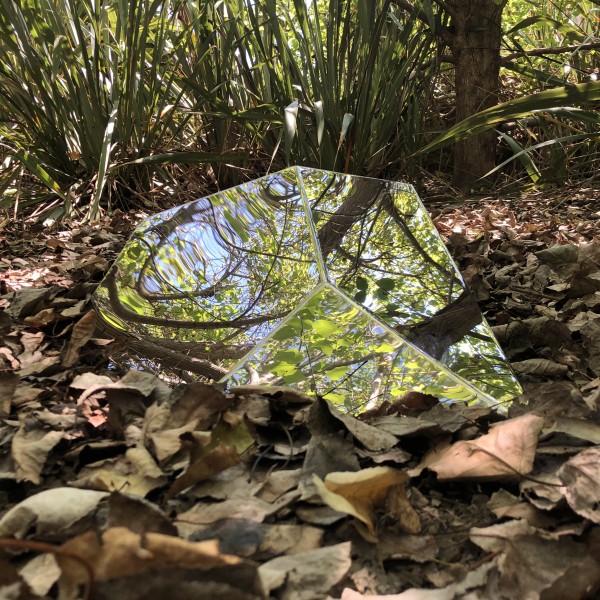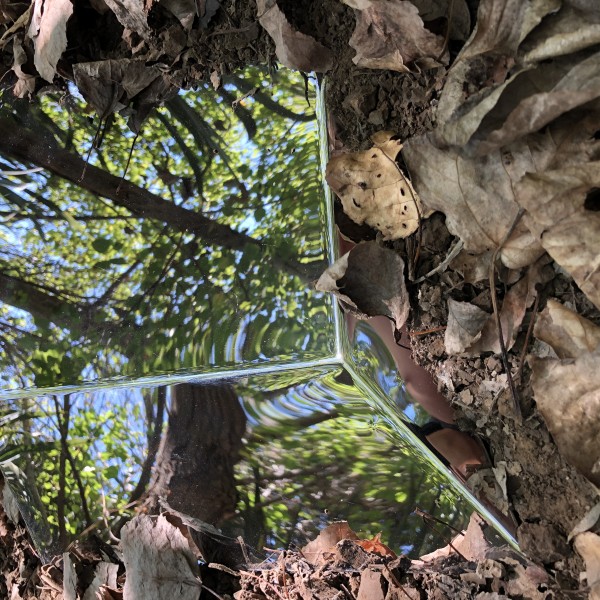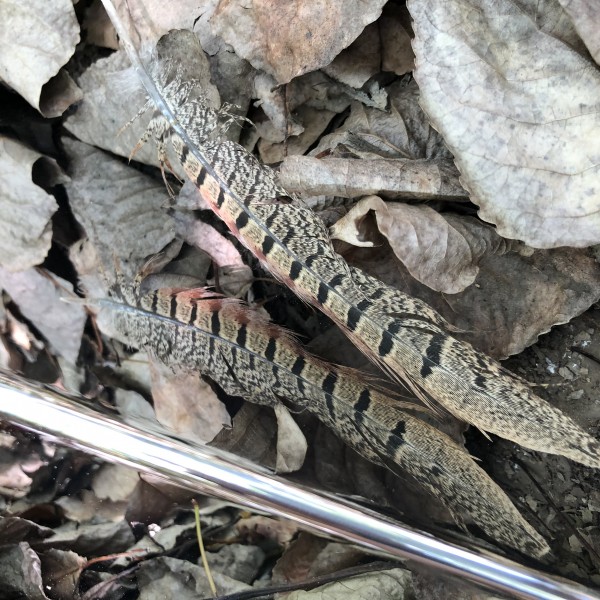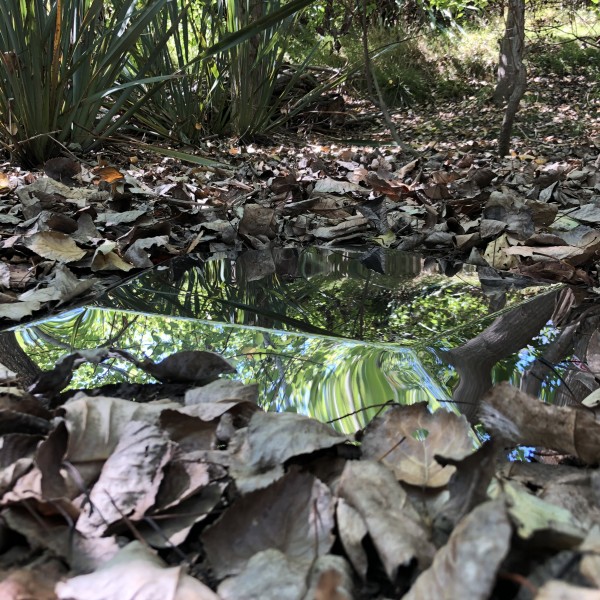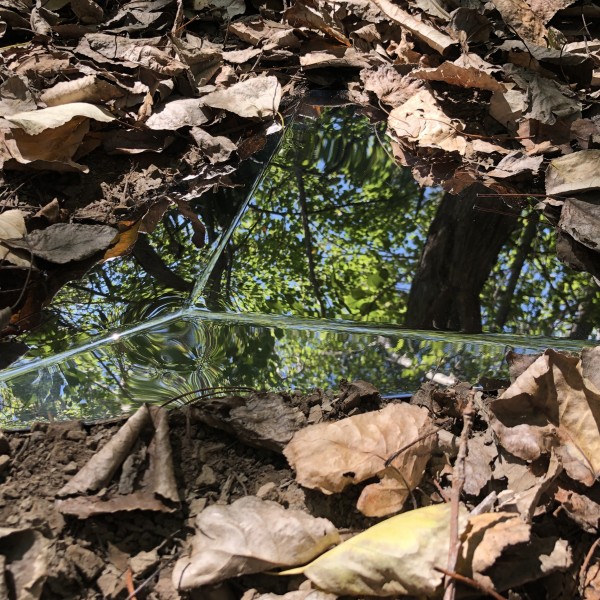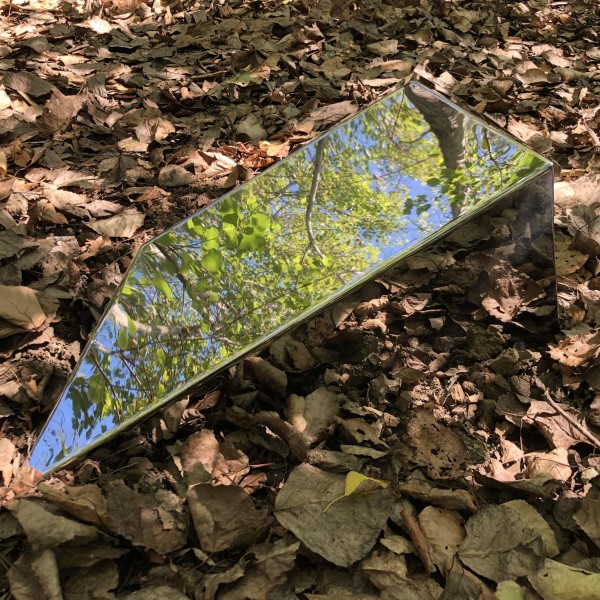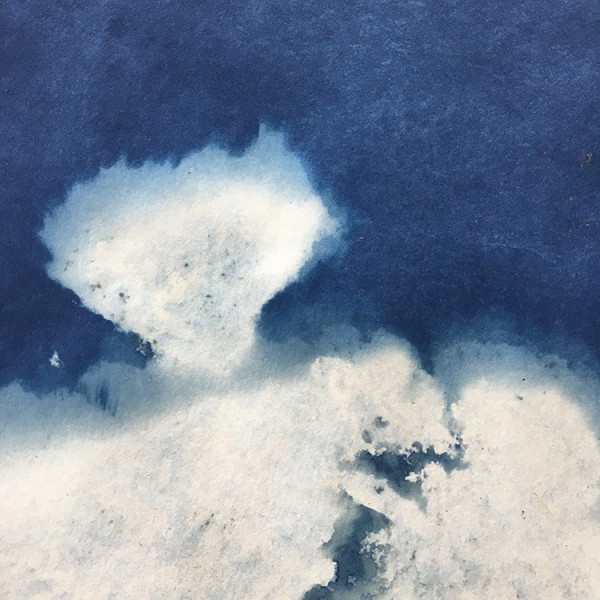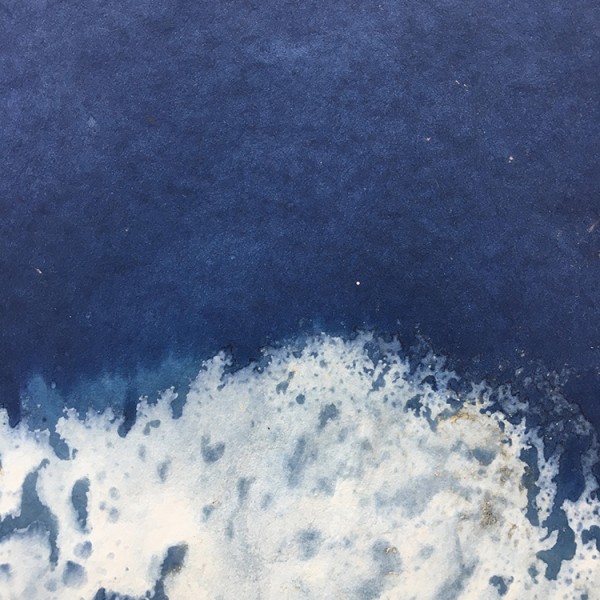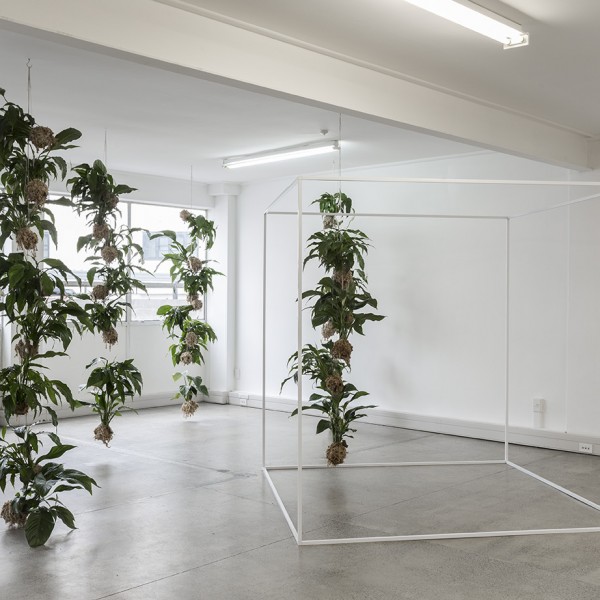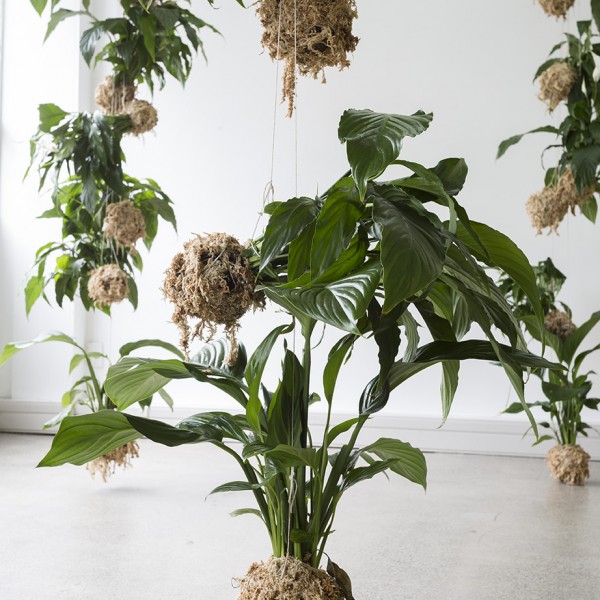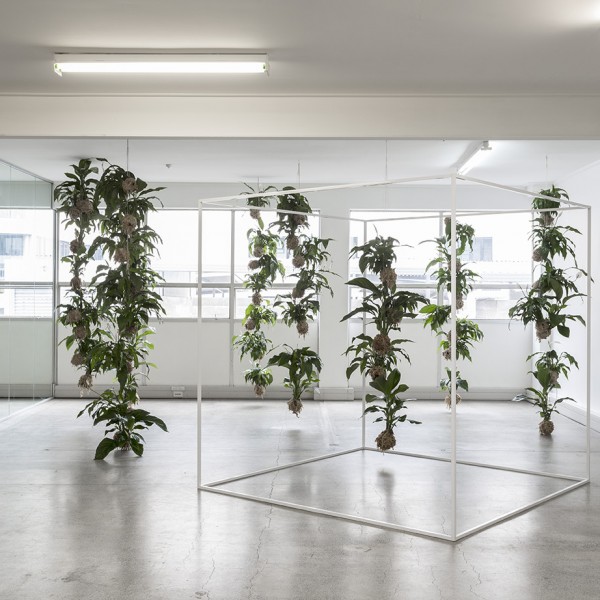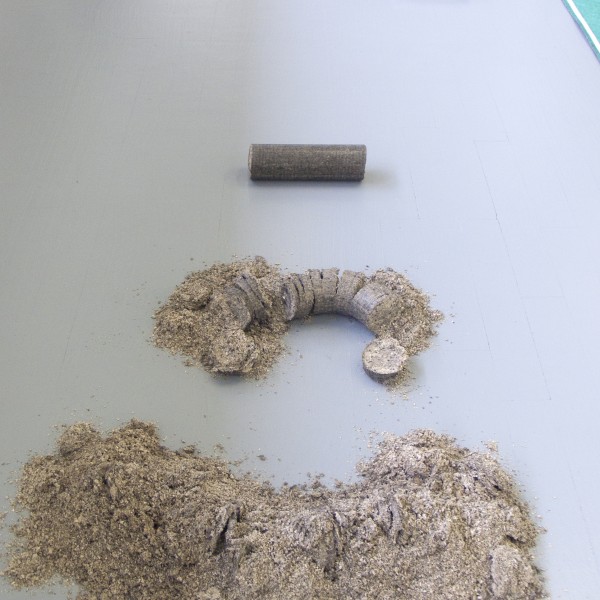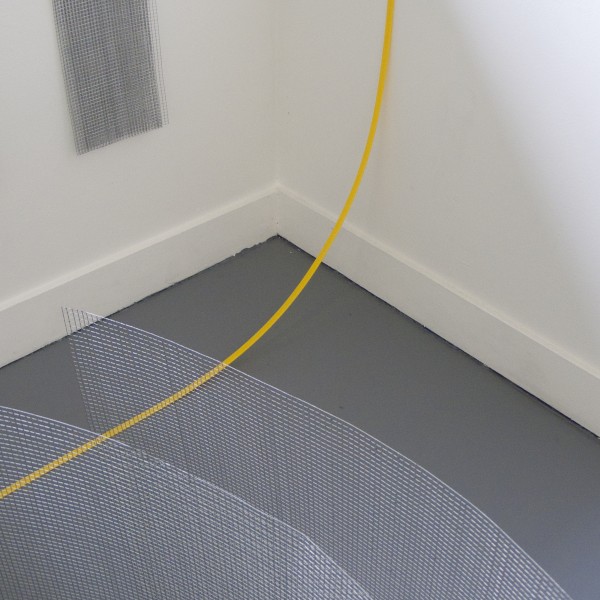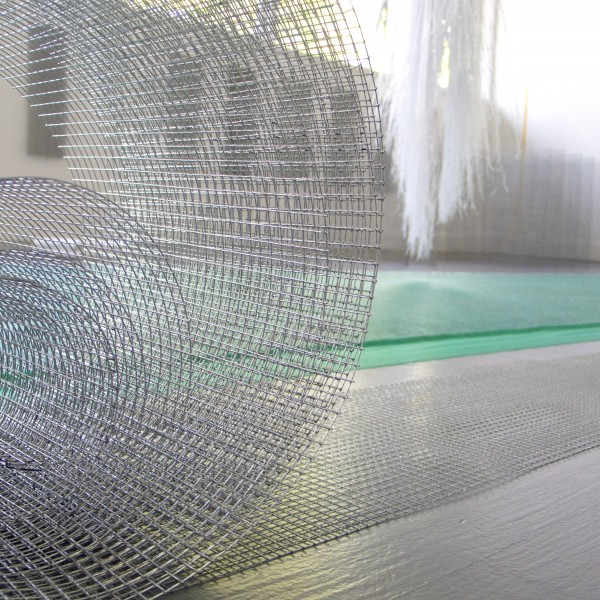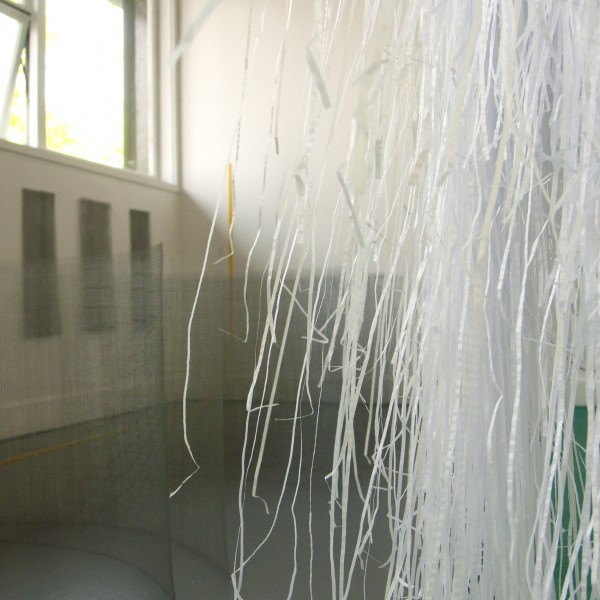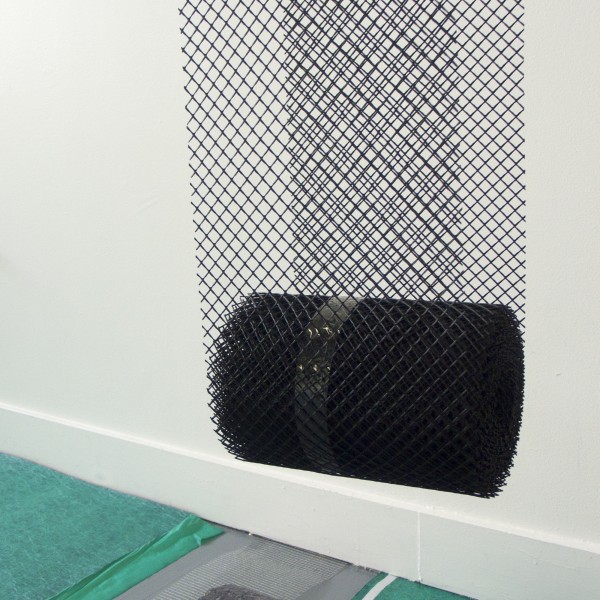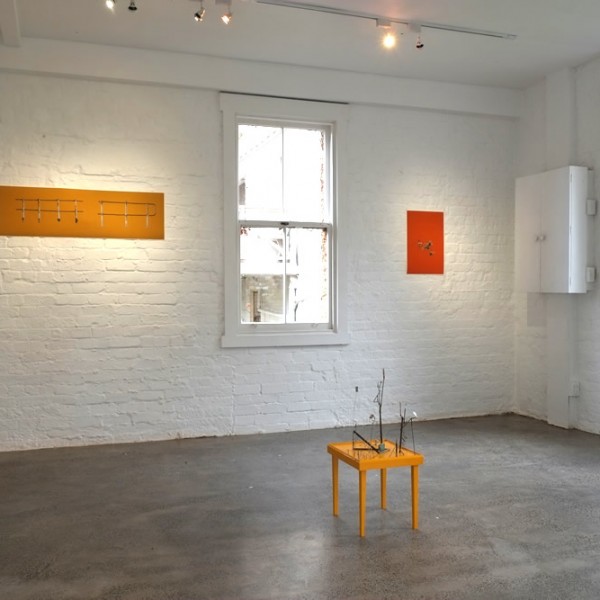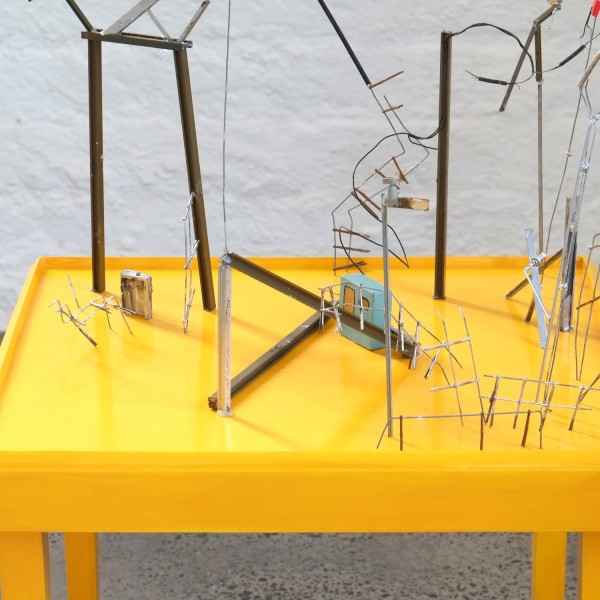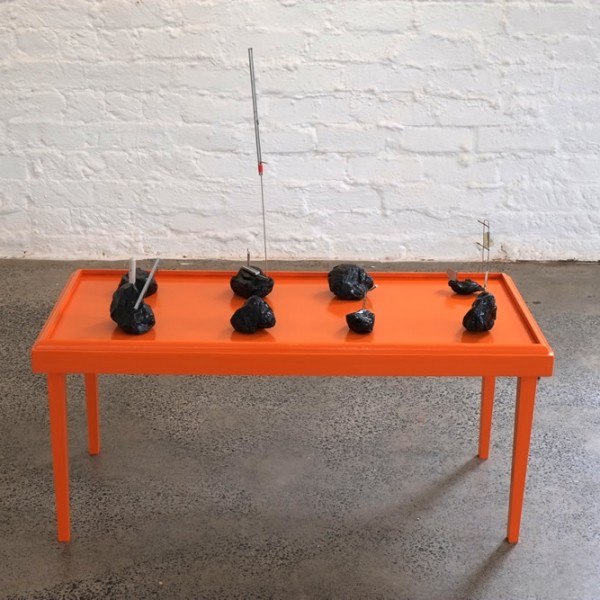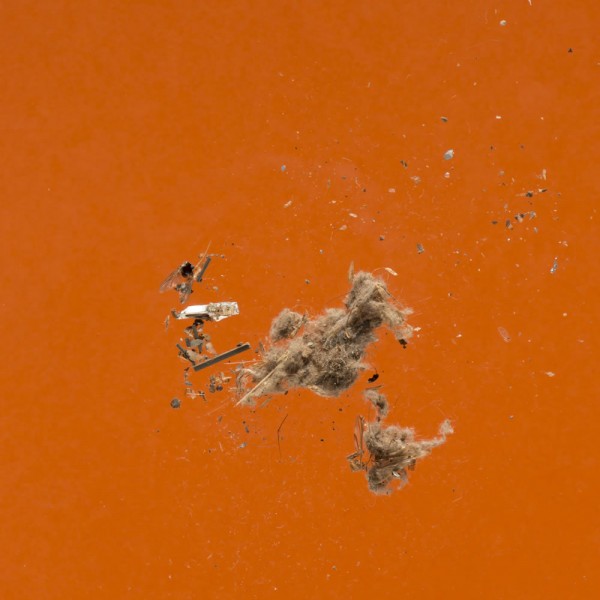Hoax 2019, stainless steel, Sculpture On The Gulf, Waiheke Island
The Entities, 2018
2 channel video with 4 channel sound (a collaboration with Sarah Callesen)
Still images from 2 channel digital video:



The Entities- Installation documentation video
Pegasus Project 2018
Virtual Reality video examples
Please note: these are works in progress, unfinished.
Please click play, and while the video is playing, drag the content around. You can pause the video to give you more time to play. If you use a mobile phone, you can either move the phone around to see the content, or choose the headset button, and use a Cardboard or other VR headset.
Hotel Site Debris Bracken Fern Seed Frond Port Pegasus Seaweed
Cyanotypes- Pegasus Creek River Foam
78 cubic meters between the windows and the steel beam, 2017
Spathiphyllum, string, moss, soil, microbes, aluminium
Who is working for whom, and on whose terms?
In her work 78 cubic meters between the windows and the steel beam Simpson uses a 1989 study carried out by NASA that researched the ability of common house plants to remove toxins from air. NASA commissioned the study to find out whether plants could be used to clean the air of the space station, which, due to the fact it is a sealed environment full of plastic materials was retaining high levels of chemicals such as formaldehyde. Peace Lilies were tested along with other plants. In a very unscientific reading, Simpson has used the results obtained in the study to calculate that 1 average sized Peace Lily cleans .75 cubic m of air. In this way, the 78 cubic meters of air in the gallery between the steel girder and the windows is cleaned by the 57 plants in the space. The 3D drawing made from white aluminium describes 4 cubic meters and is cleaned by the 5 plants within it, and acts as a key to the calculation. The plants that provide the cleaning service in the gallery have had their root systems wrapped in moss and are well cared for. At the conclusion of the show people were invited to adopt a plant.
What ever happened to the heroes? 2016
There are a number of key concerns that act as an armature for this project. Firstly, the ideas around new materialism, specifically the power of things in and of themselves. Secondly, the environmental mess we find ourselves in, and how changing our perspective towards the non-human might offer some alternatives to approaching this issue. Thirdly, in respect to art making, the importance of the idea of thinking through making.
The expanded field of new materialism has in part manifested itself in a renewed interest in, and a return towards, the object. What I hope to achieve in my work is to provide a space for reflection on the qualities of the objects I present; their own agency and tendencies. Through encouraging contemplation of these objects I hope to allow a sense of possibility to open. Perhaps this expanded understanding of objects and materials and our relationships with them, might lead to a deeper consideration of the non-human actants in our complex world.
It seemed to us that we were moving forward 2015
It seemed to us that we were moving forward is part of a wider project about the Meremere power station, which produced electricity using coal powered turbines from the 1950s- 1990s. The power station has now been converted into a ‘state of the art’ recycling plant. As an obsolete machine, the Meremere power station offers many stories to explore, including occupation by an armed militia during the early 2000s and workers throwing snowballs of asbestos at each other in the 1970s. In this project I am exploring ideas of human endeavour, invention, progress, success and failure, history and future. More specifically I am interested in forgotten technology, obsolescence, misguided effort and perceived failures. I am interested in the art practice described by Hal Foster in Return of the Real where he talks about a horizontal way of working, where one selects a site, enters in to it’s culture, learns it’s language, conceives and presents a project.
‘In order to extend aesthetic space, artists delved into historic time, and returned past models to the present in a way that opened up new sites for work.’
What does it mean to re-activate forgotten, obsolete technology? What can it tell us about our contemporary world? What questions do the rediscovery, rebuilding and reuse of forgotten technology raise? What is the process of forgetting and sidelining? Are these objects still important and how?

